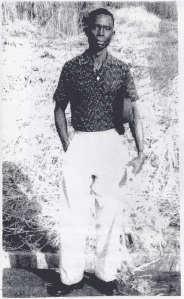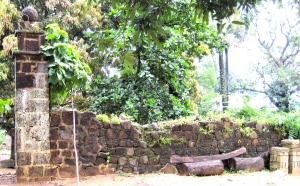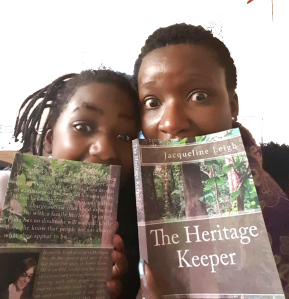I work with children in Sierra Leone who are learning to write down their individual true personal experiences. The more they work through successive drafts, the more both their proficiency in English and their writing skills, improve. We would like to see them contribute to the national literature of Sierra Leone.
In trying to help these students convert their experiences to equally culturally-relevant children’s fiction, however, we come up against an obstacle inherent to childhood: children generally are under the supervision of adults. Therefore, most of our students’ true experiences happen while carrying out an assigned task, and their pieces end with how successfully it was carried out. The task, or the goal of the story, is an adult’s. Good children’s fiction, on the other hand, requires that a child be the protagonist—the plots should be driven by what the children need or want, and how successfully they achieve it.
The problem is not for want of goals. Our students are full of ideas. The problem is that the roles they play in their families and communities do not make acting on those ideas possible, so carrying them out could not be written into a culturally-relevant book. Our young authors share this cultural characteristic with the characters in the historical fiction for children I have been reading. By looking at how those authors solve the problem, we ought to be able to help our child authors write fiction for children.
One way to give children independent agency in books is to make them orphans. More than half of the authors of the two dozen or so children’s historical fiction books we’ve been looking at, used this solution; a related twist is in Nory Ryan’s Song (Patricia Reilly Giff) where the child spends the entire book waiting for her single parent to return. The longer protagonists stay outcast, fugitive, homeless, solely-in-charge of younger siblings or otherwise left to their own devices, the more options they have to act. However, once they are taken into homes, orphanages, apprenticeships or servitude, they are again closely monitored and we know the authors will find another way to give their child characters the freedom to act.
Essentially, authors use only one other device: subterfuge. How else can the protagonist buy time alone? Lying works: In The Ravenmaster’s Secret (Elvira Woodruff), Forrest says he needs to spend a night in the shed with his pet raven. In Akimbo and the Elephants by Alexander McCall Smith, Akimbo says he wants to spend a few days with a friend. Another ruse to buy time is physical disguise: there is the choirboy outfit Alice wears in A Murder for Her Majesty (Beth Hilgartner), the Jewish holiday costumes Sashie’s family wears in Kathryn Lasky’s The Night Journey, and the switched identity strategy Forrest uses to get Maddy out of the Tower of London.
Kathryn Lasky, especially, exposes us to the possibilities of deception on more sophisticated levels. If you use night, why not fog (“Scarves of mist swirled around them”)? And what about using parts of an object (the samovar) for unexpected purposes to disguise both the object and yourself?
I need to make these books available to my students, and devise distancing activities to help pairs of students fictionalize their experiences along these lines. Can’t wait to start.


